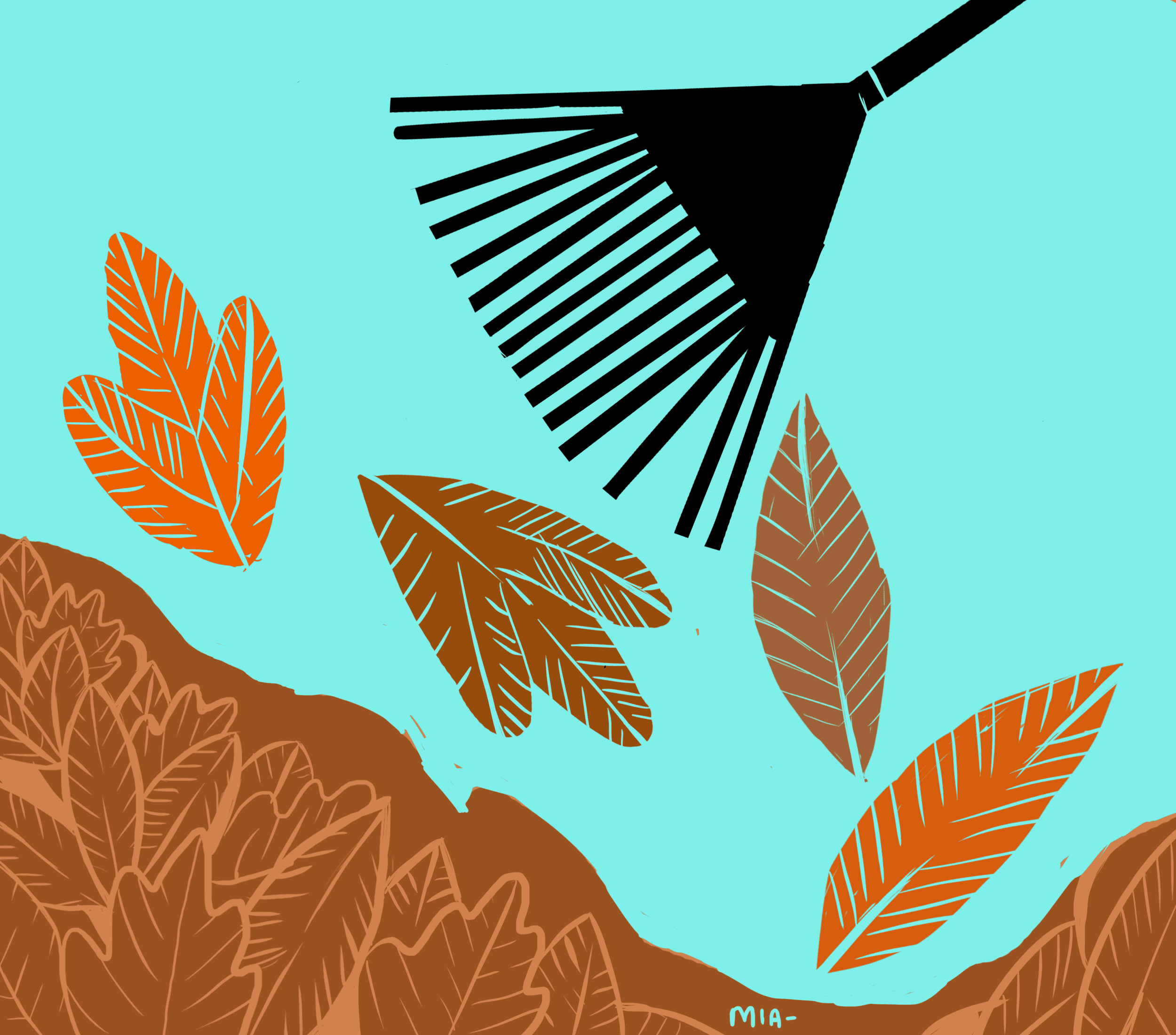Ontario’s first snowfall of the season has come and gone, but in some corners, a carpet of leaves still remains. While roads and sidewalks should be free of leaf litter, experts say otherwise for backyards, lawns, and gardens.
Removing leaves not only removes nutrients from the ground, but it also prevents the formation of a natural litter layer. According to Department of Forestry professor Sean Thomas, “The litter layer… is the main source of organic matter to the soil, which is critically important to retain nutrients in the system.”
As leaf litter decomposes, it releases nutrients and reduces soil erosion. Without this main source of organic matter, organisms that inhabit this layer would be without a home. Litter also reduces soil temperature, which in turn helps seed germination.
Department of Ecology and Evolutionary Biology Chair Donald Jackson said that he retrieves leaves from the sidewalk to put in his garden. “Many gardeners pay to have compost or fertilizers added to their soil, yet leaves can provide a ready (and free) source of both organic matter and nutrients that would be found in compost or fertilizers… By the time early May rolls around, most leaves have decomposed or been eaten by invertebrates.”
But homeowners should still take caution, since leaves provide an ideal surface for mould growth. This is especially true for maple leaves, owing to their large, flat surface. This can be a problem during winters when leaves are buried beneath snow, which can give way to snow mould — a disease that affects grasses.
Fallen leaves can also create a blanket that intercepts rain and sunlight, leading to brown spots on lawns.
To reap the benefits of leaf litter and avoid the dangers of mould growth, leaves should be mulched — broken into smaller parts — and spread onto the floor of the garden. This decreases the probability of fungal growth due to reduction in leaf surface area. Earthworms typically consume and convert this mulch into nitrogen while adding valuable microbes to the soil.
Without leaf litter, homeowners can turn to other forms of nutrients to fertilize their garden. However, Thomas explained that leaf litter is still a better fertilizer than store-bought, inorganic fertilizer. “A major difference between inorganic fertilizers and leaf litter is that the nutrients in inorganic fertilizers are quickly released in soluble form, while leaf litter would only gradually release soluble nutrients as it decomposes.”
Typically, soils cannot efficiently absorb the large release of nutrients in store-bought fertilizers. Instead, these nutrients are washed away into sewer systems and eventually waterways. This creates favourable conditions for algal blooms and eutrophication. For this reason, leaf litter is preferable.
“Over a period of several years, [not raking your leaves] results in much better soil condition… This is effectively the nutrient recycling that takes place in nature, so why not take advantage of it in cities, too?” said Jackson.


